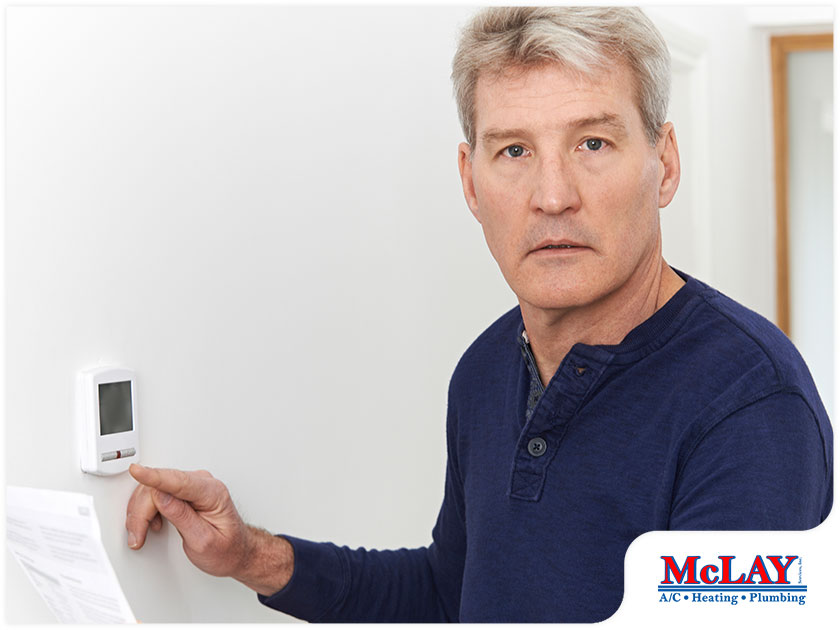While there are several ways to conserve energy while using your HVAC system, not all of them are as effective as you may have been led to believe. Even if you’ve installed a thermostat, you might not be using it properly. Here top HVAC contractor McLay Services, Inc. shares some common myths around thermostats and the truth behind them:
Myth: Setting the Thermostat Lower Cools Your Home Faster
Truth: It might be tempting to do this, but that doesn’t mean it will be effective. Regardless of the setting, your HVAC system will crank out the same amount of conditioned air. Setting it too low will also waste energy and lead to higher utility bills. What you can do instead is to set the temperature to the desired level and wait for your air conditioner to cool down your house.
Myth: Where You Place Your Thermostat Won’t Affect Its Performance
Truth: When installing or replacing an existing thermostat, you need to know that the immediate environment can greatly affect its readings. It should be placed in a central location in your house away from direct sunlight, vents and heat-generating appliances. Such locations could be your living room or bedroom, but they should still be installed by professional air conditioning contractors.
Myth: Turning Off Your HVAC System While Not At Home Will Save You Money
Truth: This will depend on how long you’ll be out; shutting down your HVAC system completely then turning it on again means it will work harder to lower the temperature in a very hot house to a comfortable level. This means more energy consumption, so expect higher utility bills.
When it comes to reliable air conditioning repair and replacement services, McLay Services, Inc. always gets the job done. If you’re searching online for a “tankless water heater”, be sure to check out what we offer on our website. Call us today at (909) 392-2202, or fill out our online request form. We serve our customers in Pomona, Claremont, and nearby areas.



